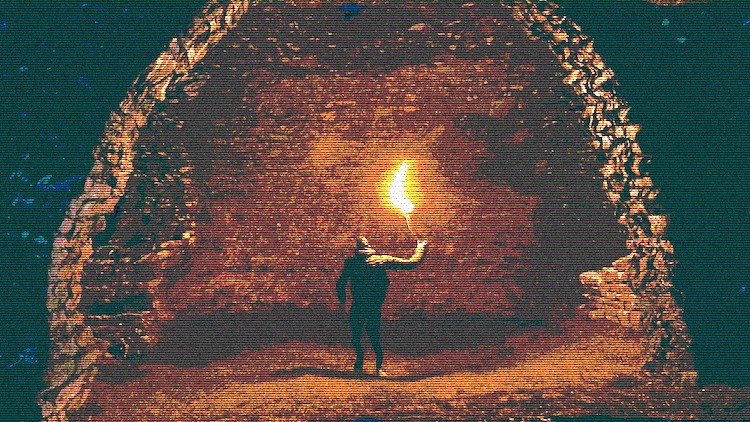
Theory & Practice
What you will learn
Define the characteristics of narrative in linear and interactive media
Apply narrative concepts to different forms of media
Identify the main theoretical strands of narrative and new media theory
Design narrative for any kind of media
Description
This course presents a comprehensive and wide ranging discussion of narrative theory in general and its practical application to many examples of media including films, literature, comics and games. It is based on my university course Narrative and New Media, and so is presented in an accessible and conversational style while also being a deep dive into the subject since the content represents a whole semester’s worth of material.
The course topics include: foundational definitions of narrative in analog and digital media; the nature of narrative cognition, interactivity and perception; plot, story and narrative discourse; ways of structuring stories; character types and their visual design; narrative identity; conflict, desire, difference and goal seeking; narrative arcs, structures, and plot progression; managing narrative bifurcation through spreadsheets, flowcharts and decision trees; dialogue, monologue and humor; space and storyworld; point of view, focalization and narratorial devices; themes and tropes; meaning, interpretation and intertextuality; fact versus fiction; and narrative contestation.
The skills for developing linear and interactive narrative are largely similar, though challenges can emerge around how to handle and write a script for an interactive story. Interactive narratives usually require tables which are very different from linear scripts or pages. You can also use a spreadsheet or make clever use of a mind mapping online tool and find other ways to develop interactive stories from a production workflow angle.
Linear narrative refers to forms of storytelling in which the events of the story are presented in a cause-and-effect sequence that the audience experiences in a predetermined order as fixed by the medium. Interactive narrative, on the other hand, refers to forms of storytelling in which the audience has some degree of control over the order in which events are experienced, as they are able to make choices that affect the direction and outcome of the story.
Traditional media are usually considered to be linear but very old forms of media in analog forms did have interactivity in the form of audience participation, so interaction is not a unique characteristic of digital media, and in face the history of technology in the arts provides many examples of interactive analog technologies, such as works that cut up analog audio and video tape and made their playback subject to how a user manipulates the playhead.
Content